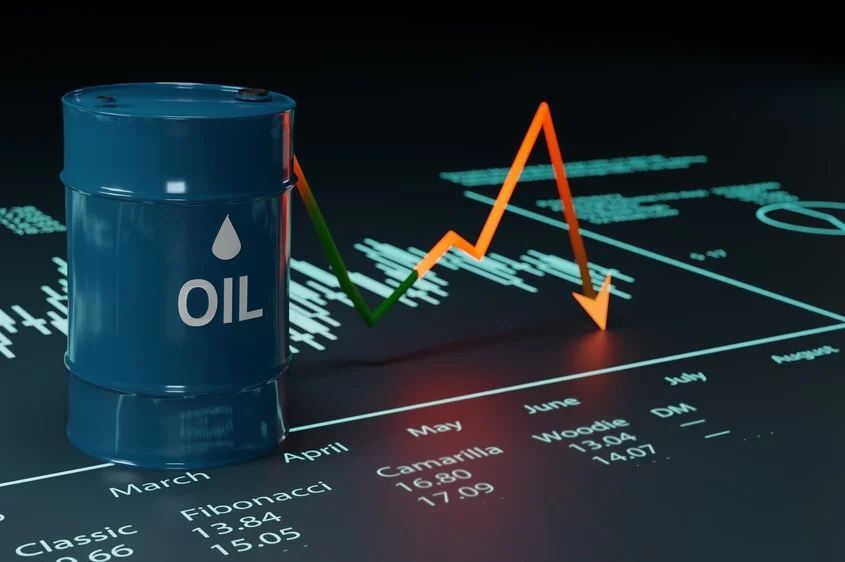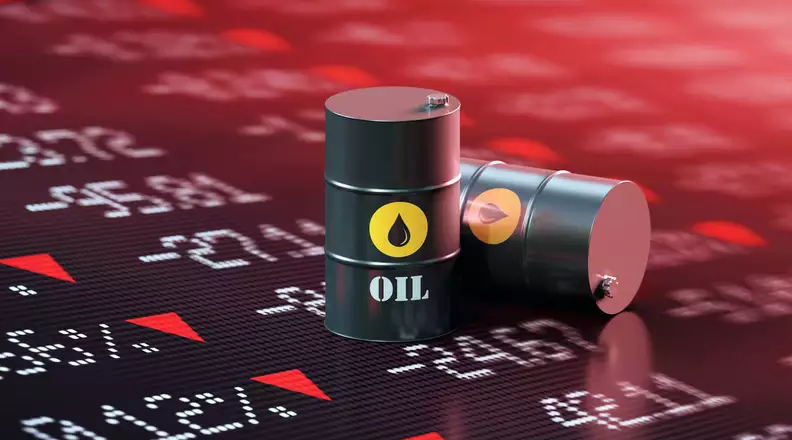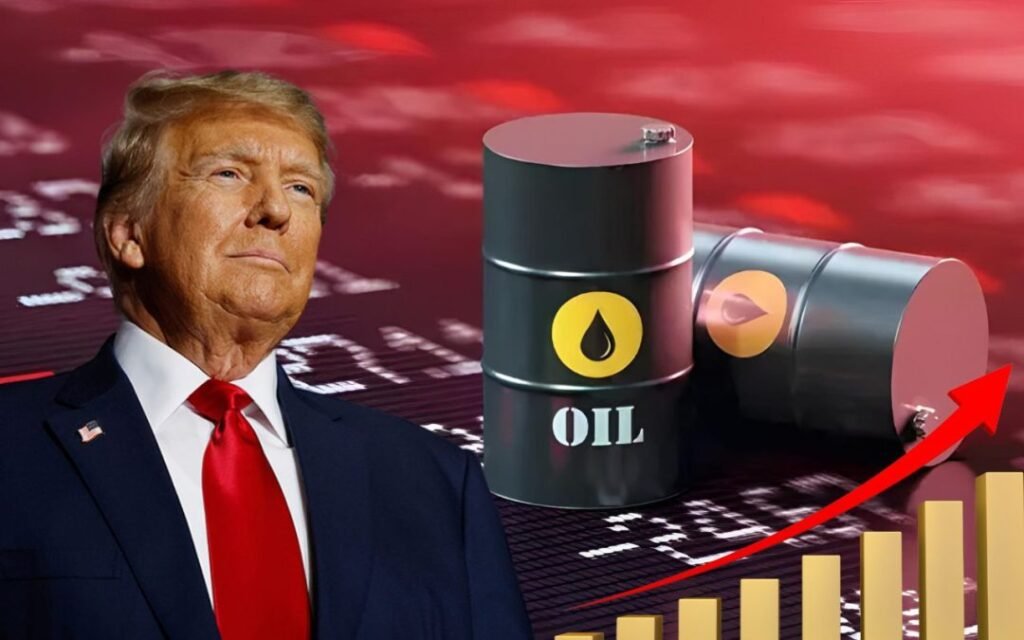Physical Address
304 North Cardinal St.
Dorchester Center, MA 02124

In the last two decades, few developments have reshaped global energy markets as dramatically as the rise of U.S. shale oil. Once dependent on imports, the United States transformed into the world’s largest oil producer, thanks to breakthroughs in hydraulic fracturing (“fracking”) and horizontal drilling.
This revolution didn’t just alter America’s energy balance, it also changed how global oil prices are set, how OPEC+ makes decisions, and how geopolitics around oil plays out.
The U.S. shale boom began in the mid-2000s, primarily in regions like the Permian Basin (Texas and New Mexico), the Bakken (North Dakota), and the Eagle Ford (Texas).
By 2018, the U.S. surpassed both Saudi Arabia and Russia to become the largest crude oil producer (EIA).
Shale production is characterized by its short cycle: wells can be drilled and brought online in months, unlike traditional megaprojects that take years.
This flexibility makes shale a unique “shock absorber” in the global oil system.

Before the shale boom, oil supply was dominated by OPEC and large conventional fields. Shale introduced a new, flexible source that: Responds quickly to price signals. Increases global supply whenever prices rise. Forces traditional producers like OPEC+ to adjust strategies. During the 2014–2016 oil price crash, OPEC initially tried to flood the market with oil to drive shale producers out of business. Instead, shale survived and rebounded when prices stabilized.
Here’s a snapshot of how rising U.S. shale output has coincided with shifts in global oil prices:
| Year | U.S. Crude Production (mb/d) | Key Event | Brent Crude Price (avg $/bbl) | Impact on Global Markets |
|---|---|---|---|---|
| 2005 | ~5.2 | Early shale exploration begins | $54 | OPEC dominates supply |
| 2008 | ~5.0 | Oil hits $147 (pre-shale boom) | $97 (avg) | Price spike due to scarcity |
| 2010 | ~5.5 | Shale growth accelerates | $80 | Prices stabilize |
| 2014 | ~8.8 | Shale boom in full swing | $99 | OPEC launches price war |
| 2016 | ~8.9 | Prices collapse below $30 | $45 | Shale proves resilient |
| 2019 | ~12.2 | U.S. #1 producer globally | $64 | U.S. caps price rallies |
| 2020 | ~11.3 | COVID-19 demand collapse | $41 | Negative WTI prices in April |
| 2023 | ~12.9 | Shale recovers post-pandemic | $82 | Shale stabilizes supply |
Sources: EIA, IEA, World Bank.
Historically, OPEC acted as the world’s swing producer, adjusting supply to maintain stable prices. With shale, that role is shared.
OPEC+ production cuts often support prices, but shale growth caps the upside.
Shale’s resilience during low-price environments (2014–2016, 2020) forced OPEC+ to adopt more flexible strategies.
Some analysts describe shale as a “shadow member of OPEC+” always influencing outcomes, even if not at the table.
Shale oil production has contributed to a global supply glut, preventing oil prices from sustaining levels above $100 per barrel for long.
Before shale (2000–2010): Prices often surged due to geopolitical risks or supply constraints.
After shale (2010–2020): U.S. production capped price spikes by quickly ramping up.
As a result, shale is often described as the “new swing producer”, replacing OPEC’s historical dominance in stabilizing prices.

The shale revolution has ripple effects beyond economics:
U.S. Energy Independence: The U.S. now imports far less crude, reducing reliance on Middle East suppliers.
Geopolitical Leverage: Washington has greater freedom in foreign policy, imposing sanctions on oil exporters like Iran, Venezuela, and Russia.
Trade Flows: U.S. crude exports, legalized in 2015, now flow to Europe and Asia, reshaping global trade routes.
In 2022, U.S. exports of LNG and crude were critical in helping Europe replace lost Russian supplies after the invasion of Ukraine (Reuters).

While shale remains central to oil markets, challenges loom:
Declining Well Productivity: Some shale basins are showing signs of reduced efficiency.
Capital Discipline: Investors now pressure shale firms to prioritize profits over growth.
Environmental Concerns: Fracking faces opposition over water use and emissions.
Energy Transition: Long-term demand may weaken as renewables rise.
Still, shale’s flexibility ensures it will continue to shape oil prices for decades.
The rise of U.S. shale oil has transformed the dynamics of global energy. Once beholden to OPEC supply decisions, markets now face a dual influence: OPEC+ coordination and U.S. shale responsiveness.
Shale oil acts as a safety valve, preventing extreme price spikes, but also intensifying volatility by responding quickly to price signals. For consumers, this often means lower long-term prices compared to the pre-shale era. For OPEC+, it means adjusting to a new rival that cannot be ignored.
shale is no longer just an American story, it is a global force reshaping oil economics, geopolitics, and the future of energy.




